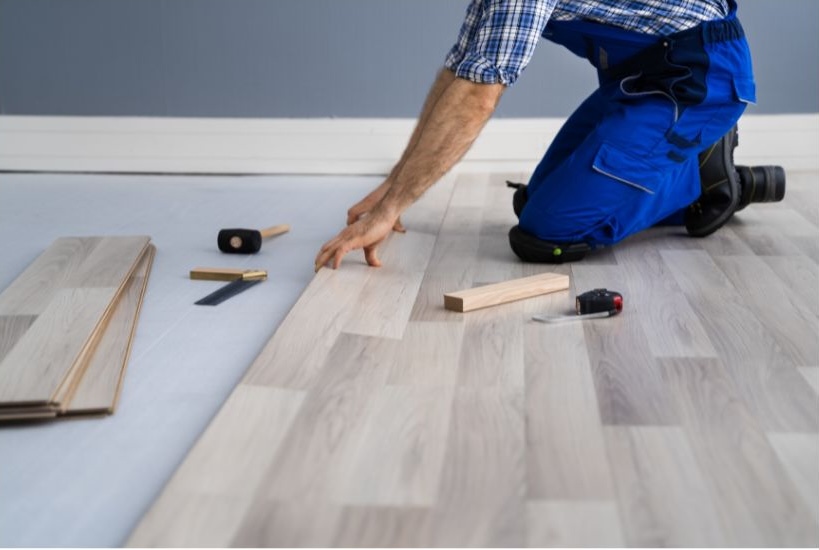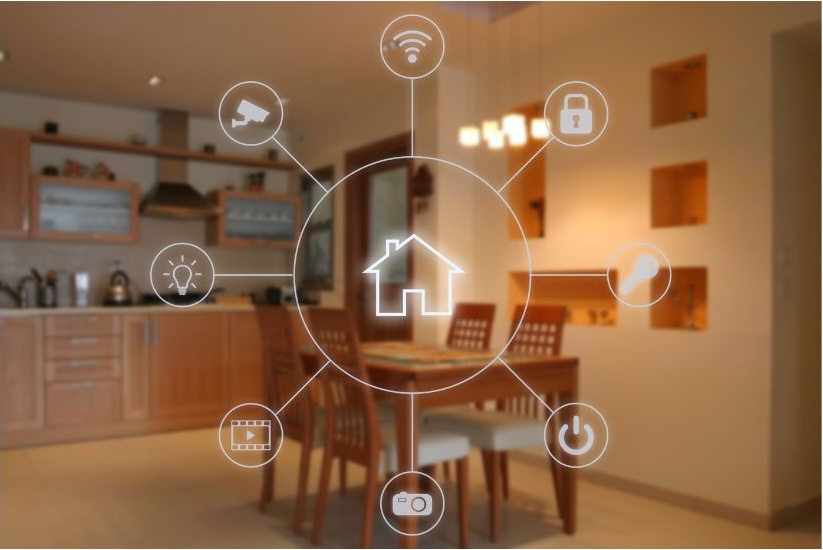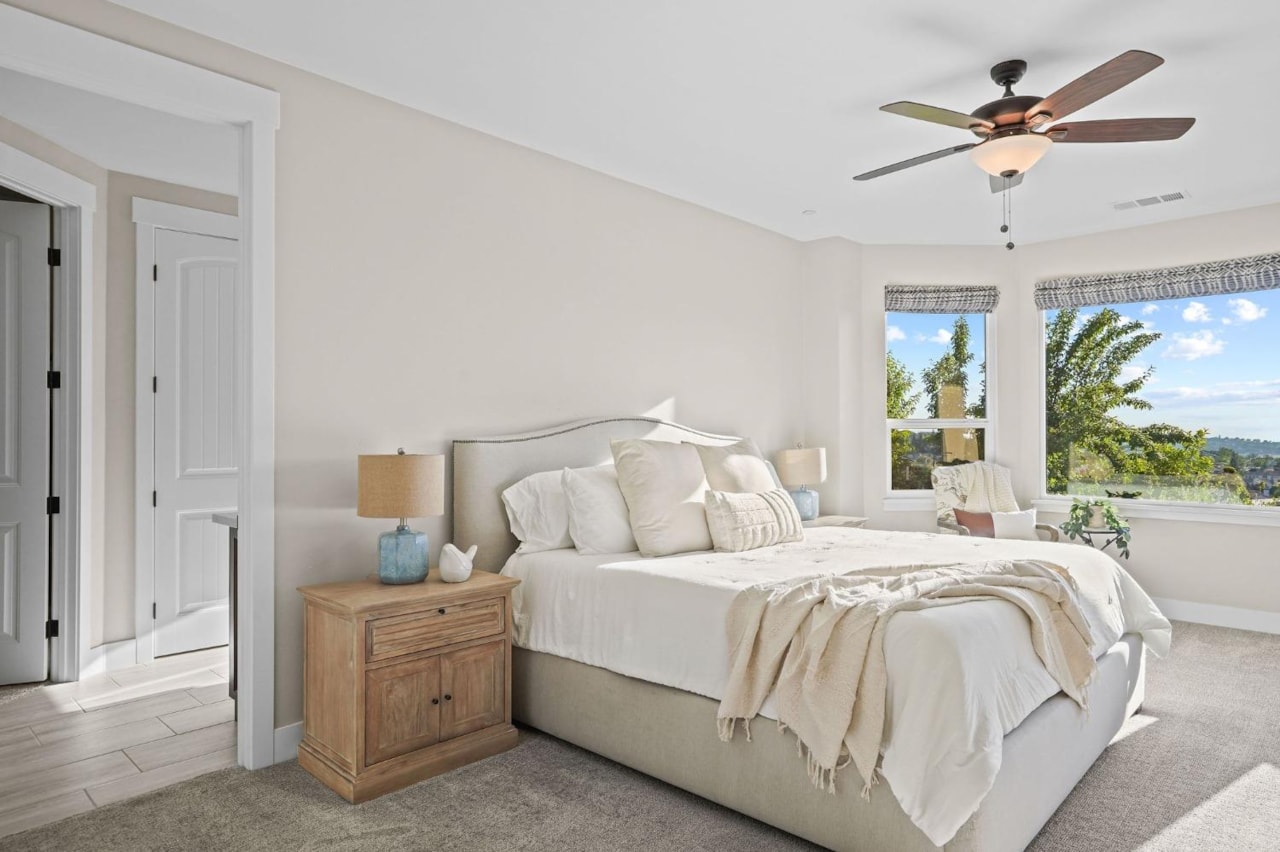In recent years, there has been a growing emphasis on sustainable living, and this trend has extended into the realm of home design. Homeowners are increasingly seeking ways to reduce their environmental footprint while enjoying the benefits of energy efficiency, conservation, and healthier living spaces. Here’s a closer look at some of the key trends in sustainable home design that are shaping the future of residential architecture:
Eco-Friendly Materials
Sustainable home design begins with the materials used in construction and renovation projects. There’s a rising demand for eco-friendly materials such as reclaimed wood, bamboo, recycled glass, and recycled metal, which offer durability, low environmental impact, and unique aesthetic appeal.
Energy-Efficient Appliances and Systems
Energy efficiency is a top priority for eco-conscious homeowners. From ENERGY STAR-rated appliances to high-efficiency HVAC systems and smart thermostats, there are numerous options available to reduce energy consumption and lower utility bills while minimizing environmental impact.
Passive Solar Design
Passive solar design harnesses the sun’s energy to naturally heat and cool a home, reducing the need for mechanical heating and cooling systems. Features such as south-facing windows, thermal mass, and shading devices are incorporated into the design to optimize solar gain and natural ventilation.

Net-Zero Energy Homes
Net-zero energy homes produce as much energy as they consume over the course of a year, typically through a combination of energy-efficient design, renewable energy sources such as solar panels or wind turbines, and energy storage solutions like batteries. These homes not only reduce utility bills but also contribute to a more sustainable future.

Water Conservation Strategies
Sustainable home design includes measures to conserve water through efficient plumbing fixtures, rainwater harvesting systems, greywater recycling, and drought-tolerant landscaping. These strategies help reduce water usage, lower water bills, and mitigate the impact of water scarcity.

Indoor Air Quality
- Indoor air quality is a critical aspect of sustainable home design, with a focus on minimizing exposure to harmful pollutants and allergens. Features such as low-VOC paints, formaldehyde-free cabinetry, natural ventilation, and air filtration systems contribute to a healthier indoor environment for occupants.
Smart Home Integration
Smart home technology plays a growing role in sustainable home design, enabling homeowners to monitor and control energy usage, lighting, temperature, and security remotely via smartphone apps and voice commands. Integration with renewable energy systems and energy management platforms further enhances efficiency and convenience
Green Roof and Living Walls
Green roof systems and living walls are innovative solutions for enhancing energy efficiency, reducing stormwater runoff, and providing additional insulation and biodiversity to urban environments. These features not only contribute to a more sustainable built environment but also enhance the aesthetic appeal of homes and communities.
As the demand for sustainable living continues to rise, so too does the evolution of sustainable home design. By embracing these trends, homeowners can create residences that are not only environmentally responsible but also comfortable, efficient, and resilient for generations to come.




